3D printing car parts may sound like a dangerous idea, but from motorsports to car restoration, there have been some excellent applications for additive manufacturing in automotive construction.
3D printed car parts are great for rapid prototyping, cutting importation time and costs, and are an excellent way to make replicas of outdated or complex parts that would be impossible to find today.
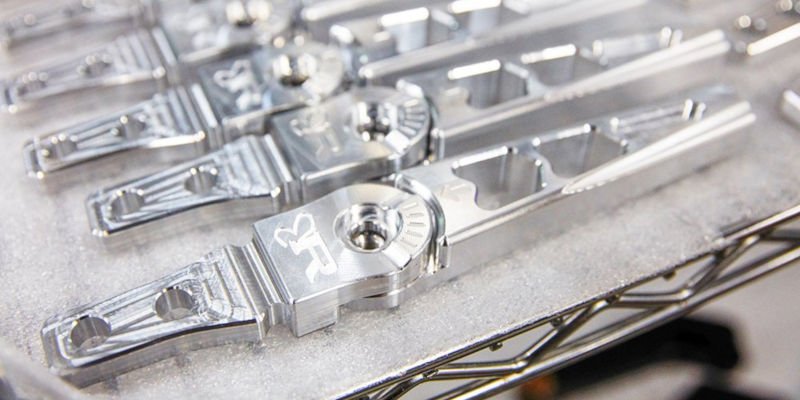
Here we’ll look at some of my favorite examples of how big companies have adopted 3D printing in automotive applications, as well as the benefits of using the 3D printing process to make car parts.
- 3D Printing Parts For Formula 1
- Driftworks 3D Printed Custom Car Parts
- Elvis’ BMW Restored Using 3D Printed Car Parts
- VW Restoring Their Classic Minivan With 3D Printed Car Parts
- Jaguar, Bentley & Bugatti Restorations
- Eco Friendly
- Customization and Accessibility
- Cost Efficiency
- GrabCAD
- Thingiverse
- What is the best material for 3D printing car parts?
- Can PLA be used for car parts?
- Are 3D printed cars legal?
3D Printing Parts For Formula 1
Additive manufacturing excels in creating robust yet lightweight materials, making it highly suitable for Formula 1 motorsports. This technology not only allows for lighter parts compared to traditional methods but also enables more intricate aerodynamic designs.
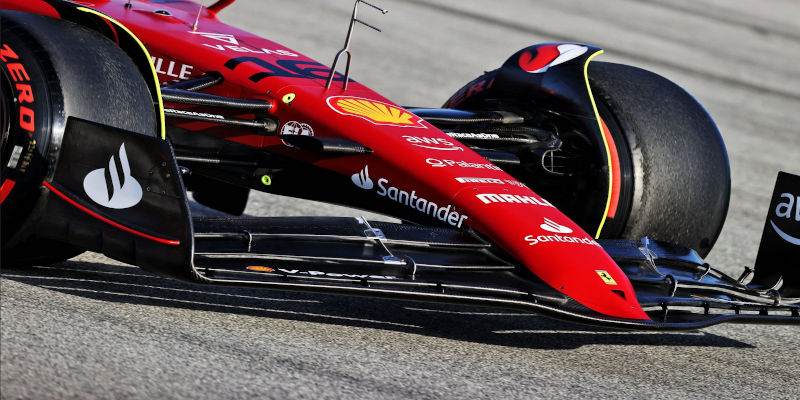
Ferrari’s racing division, Scuderia, took to 3D printing in 2022 to improve the performance of their F1-75 for use in the championship races of that year. While it saw some success thanks to the tight cornering and aerodynamically shaped 3D printed side parts, it was unfortunate, yet unrelated, issues like engine failure that prevented it from seeing the year to a successful end.
Driftworks 3D Printed Custom Car Parts
Driftworks is a UK-based car part manufacturer that’s adopted 3D printing as their main construction method. They use consumer-grade desktop 3D printer Original Prusa i3 MK3S+ printers for both rapid prototyping and finalizing their custom car parts.
With this printing method, they can go from design to finished part in as little as two hours for simpler car parts like spokes or gearsticks. Driftworks also uses laser cutting for finalizing products, meaning they use a balance of both subtractive and additive manufacturing to make their high-end, custom car parts.
Elvis’ BMW Restored Using 3D Printed Car Parts
Elvis Presley’s cherished BMW 507 was famously restored using 3D printed car parts. The car’s age made sourcing original components impossible, so additive manufacturing became BMW’s key to reviving it.
After changing hands at multiple auctions and a period in Munich’s BMW museum, the classic car was found on an Alabama farm. BMW reacquired it from Jack Castor in 2014, who was unaware of its unique history, and shipped it back to Germany for restoration.
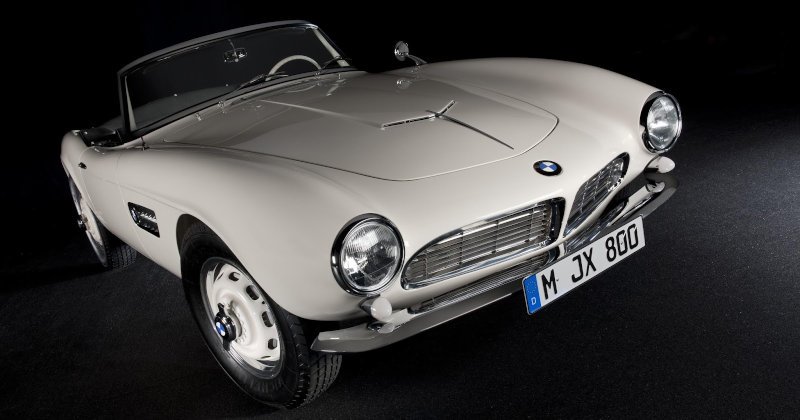
The restoration relied heavily on 3D printing for components like window rollers, door handles, and windshield wipers, which were created using 3D scans of similar models to accurately replicate its original appearance during Elvis’ ownership.
The two-year project concluded in 2016, revealing the revitalized relic at the Frankfurt Motor Show.
VW Restoring Their Classic Minivan With 3D Printed Car Parts
In 2019, Volkswagen utilized 3D printing to re-engineer their 1962 Microbus into an electric vehicle. They employed their previous experience with 3D printing parts to make wheels and mirrors, enhancing the microbus’s efficiency by making it lighter.
The idea was to combine modern techniques with vintage aesthetics, a task for which 3D printing proved perfect.
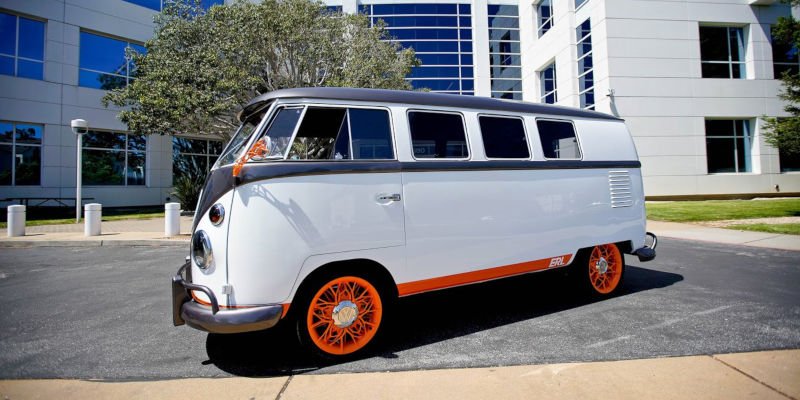
The technology enabled the creation of complex curves, such as bright orange tree-root-like fixtures for both interior and exterior, enhancing the ‘hippie’ culture symbol status of the vehicle.
The company used a clear resin with an electroplated nickel finish to mimic the smooth, futuristic look synonymous with the sixties. The hubcaps bore the same vibrant orange, set off by a contrasting silver Volkswagen logo, maintaining a harmony between classic and modern.
Jaguar, Bentley & Bugatti Restorations
Jaguar used 3D printing in 2017 to restore the rare XK120 SE, including replacing parts such as front and rear lights and the back window.
In 2019 Bentley announced their plan to recreate the iconic 1929 Blowers. The process involved disassembling and scanning original models for 3D printing to stay faithful to the original design. The goal was to produce 12 showcase models within two years, and in 2022 they officially announced the model’s rebirth.
Bugatti celebrated their 110th anniversary in 2019 by creating the Bugatti Baby II, a larger replica of the original 1926 Bugatti Baby, mainly using 3D printed parts. The plan is to release 500 units in homage to the original limited line.
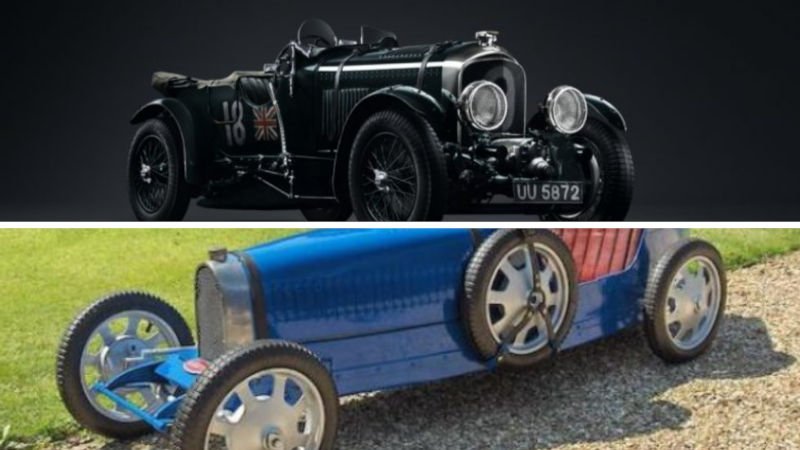
They lived up to their promise through a press release in May 2021, confirming the line being made available with full customization options.
Benefits Of 3D Printing Car Parts
Eco Friendly
While the last 15 years have seen significant improvement in the carbon footprint of car manufacturing, there’s still a lot 3D printing car parts can do to help towards a greener future.
Many 3D printer materials are more eco-friendly than traditional metal and non-biodegradable plastics used for car parts, and the use of additive manufacturing for car parts has the potential to replace these entirely for a more sustainable alternative.
3D printed plastics are also rust-resistant, meaning they don’t need to be replaced as often, adding to their eco-efficiency.
Customization and Accessibility
3D printer filament comes in a variety of strengths and textures, offering customization options for different applications. Additionally, the availability of pre-colored filaments eliminates the need for painting the printed parts. Parts can also be printed on demand to exact specifications, reducing the need for backup stock and storage space.
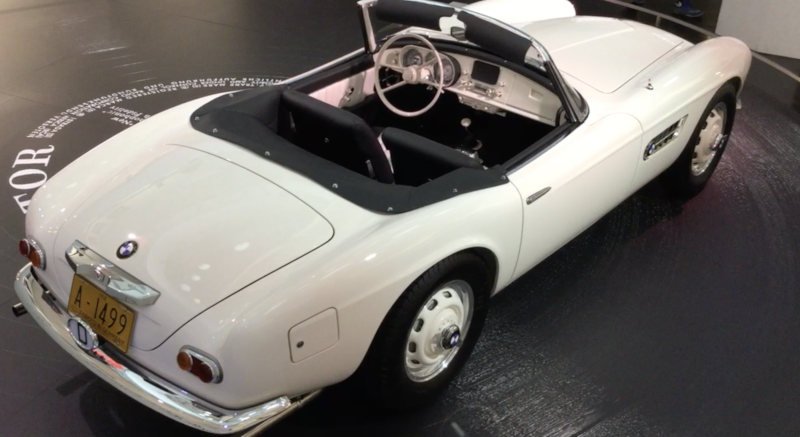
The resulting waste and space reduction means that this added customization potential isn’t just good for the customer, but the planet too by reducing the need for importation and only printing necessary parts when needed instead of overstocking.
Cost Efficiency
Purchasing car parts from a manufacturer directly can be costly, especially if you need to import them from far away. 3D printers and their materials can be used anywhere, cutting the cost of manufacturing and travel as well as providing much faster delivery of both new and spare parts.
What is the best material for 3D printing car parts?
Acrylonitrile Butadiene Styrene (ABS) is the top choice for most automotive uses, offering high heat resistance, durability, and shock resilience. Ideal for non-engine parts like bumpers and steering wheels, ABS’s only caveat is its tendency to warp or shrink during cooling.
Polyethylene Terephthalate-Glycol-Modified (PET-G) is another strong, easy-to-print, and durable filament material, although it comes at a higher price than ABS filament.
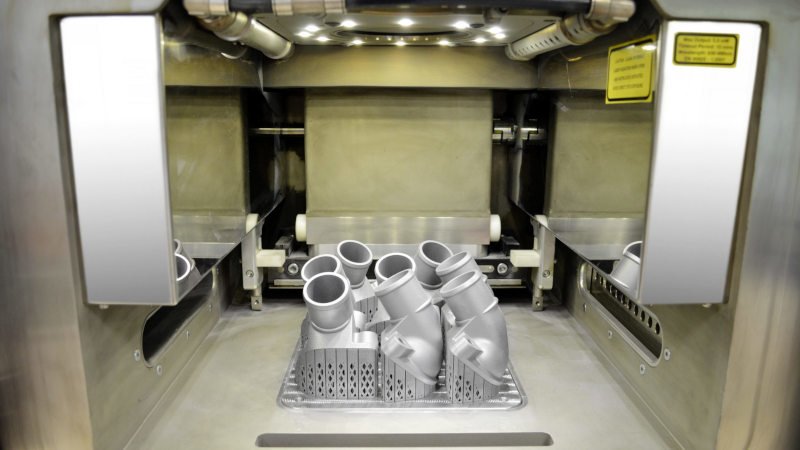
For high-stress parts like connecting rods, stronger materials like carbon composites are required. These materials pose a challenge due to the need for high extrusion temperatures and specialized nozzles, beyond the reach of most home printers.
Sources for Car Part Files
GrabCAD
GrabCAD is an online community of engineers and specialists who share their findings and creations. Designed for professionals and higher education students with experience using CAD software, it’s the biggest gathering of specialists in the industrial 3D printing world.
They have over 7 million members, many of whom are active participants in the community. This means you can often learn about CAD files for 3D printing your own car parts with full support from the creator themselves!
Thingiverse
Thingiverse is one of the biggest collections of free 3D printing files on the web. As an open website, the creators sharing files range from amateur to professional, though rarely on the same level as GrabCAD.This means that you may not find completely professionally-designed car parts to 3D print, but you will still find free files for simple, but still useful, parts like universal joints and trim rivets.
- This article focuses on car parts. We also have a ranking of the most exciting 3D printed cars.
Cars and car parts can also be designed using specialist car design CAD software.
What is the best material for 3D printing car parts?
Due to its high heat resistance and durability, acrylonitrile butadiene styrene (or ABS filament) is considered the ideal material for the production of 3D printing parts and prototypes for cars. Its flexibility and shock resistance makes it great for pieces like bumpers as well as steering wheels and other internal parts.
However, most plastics can’t withstand the high temperatures of a car engine for prolonged periods of time, meaning no materials commonly compatible with a home printer are ideal for working internal parts.
Can PLA be used for car parts?
No. PLA filament is not an ideal material for car parts. Despite how durable it is, its lower resistance to heat, especially over prolonged periods, does not lend themselves well to high-temperature environments such as car engines or even parts within the main body.
Cars left out on particularly hot temperatures can heat to the point where PLA filament will melt and deform, making PLA not an ideal material for 3D printed parts designed for use in or around cars.
Are 3D printed cars legal?
3D printed motors like go-karts and the like may not be street legal, but they are okay to drive around private courses and tracks provided you’ve tested and retested and adhered to all necessary safety procedures.
However, almost every car and respective part have a patent. So 3D printing and using a pre-designed car part is considered copyright infringement and is therefore not legally sanctioned for advertisement or commercial use.















